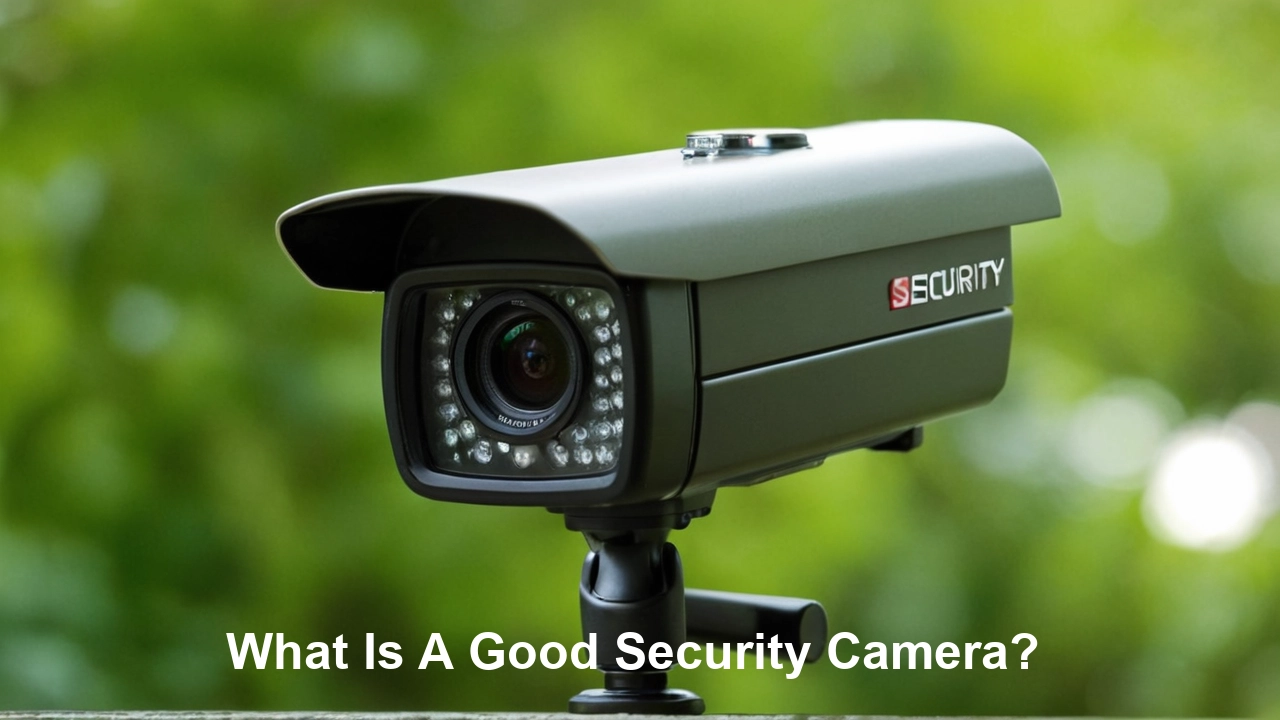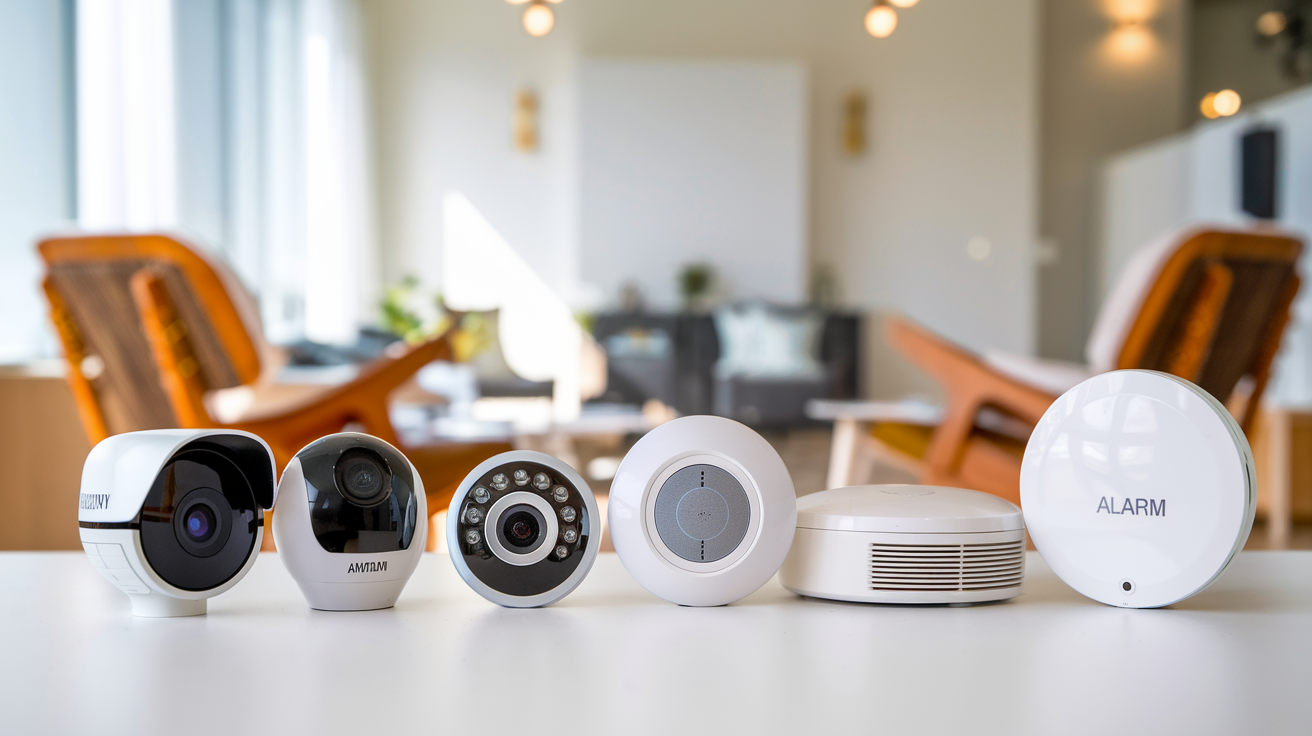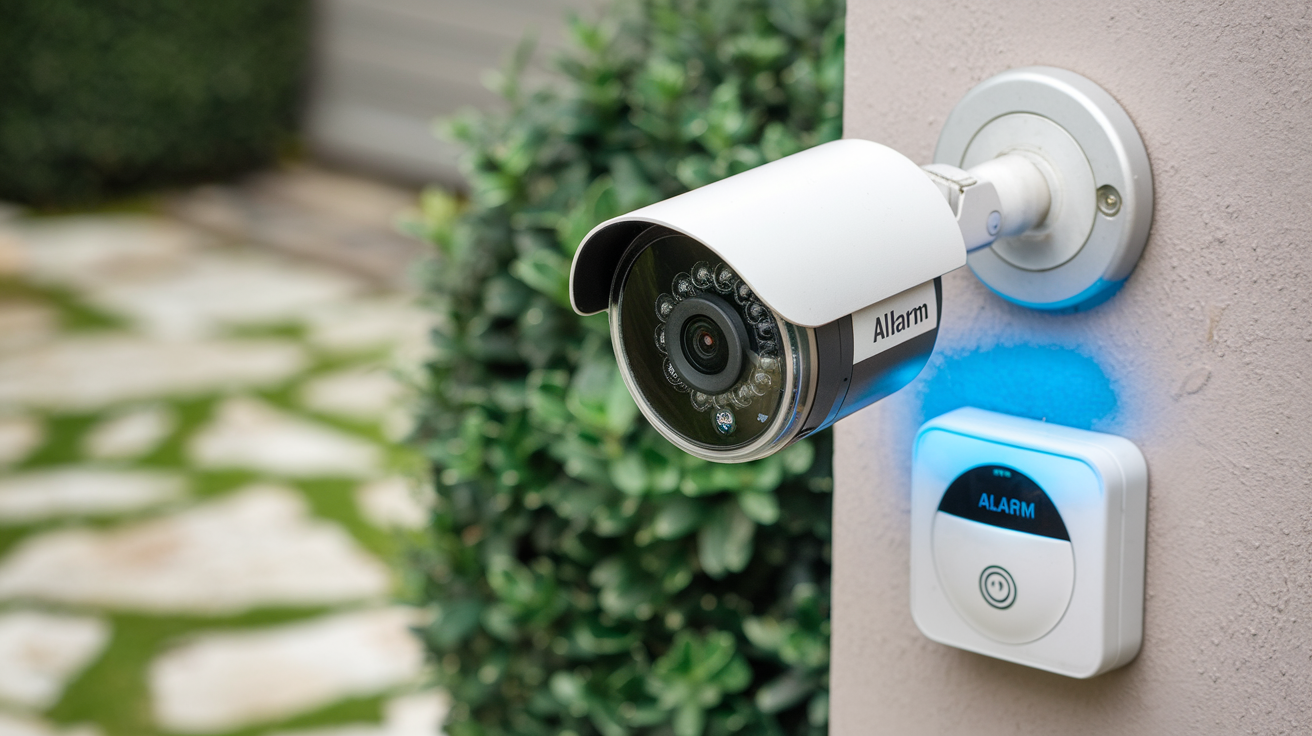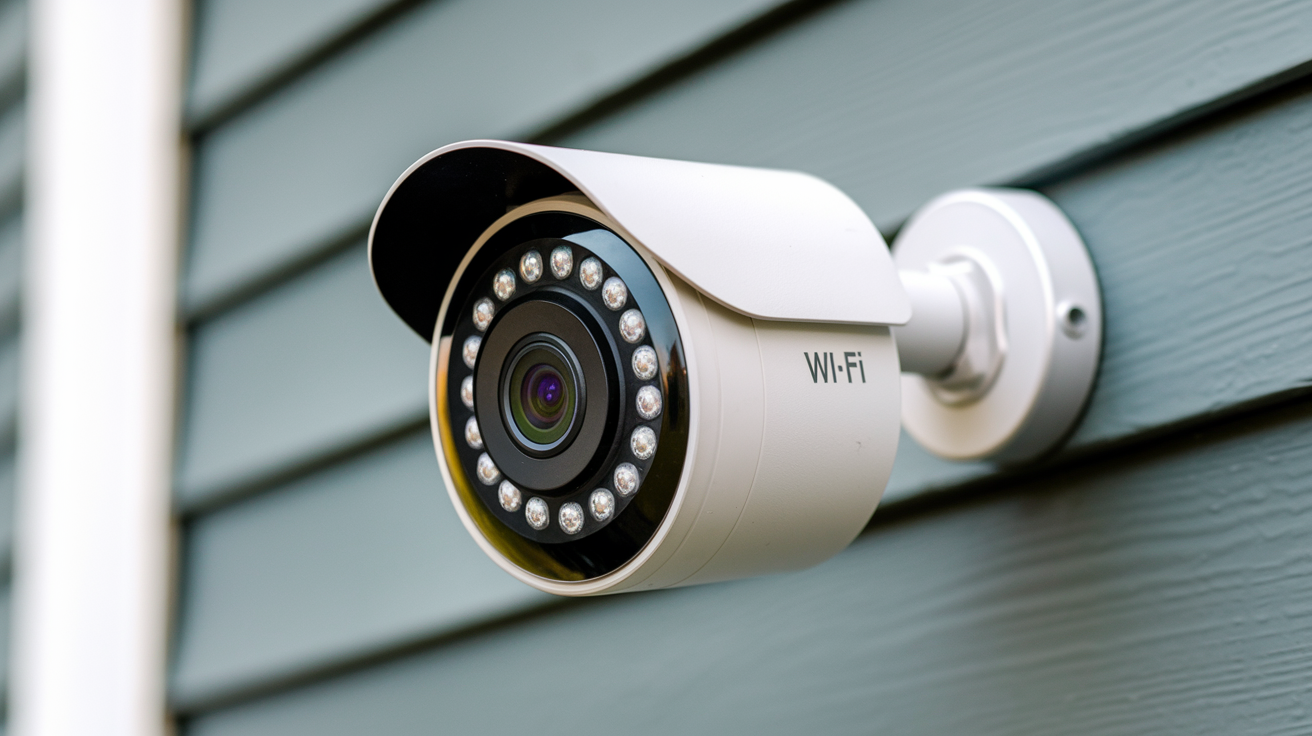When you are selecting a security camera to use in your home or business, then you should ensure that you select one that can produce good-quality pictures in the dark and during the night. A good security camera should also be easy to install and operate, provide you with the necessary tools to manage alerts and playback, and be compatible with other smart devices. These are the main aspects to look for when choosing a security camera.
Image Quality Imaging sensor and video resolution are the factors that define how much detail and quality the security camera is capable of recording. It is incredible to note that most decent cameras are capable of recording in high-definition 1080p today. There are also higher-end 4K cameras available within the market but they are generally expensive. Apart from the high resolution, the camera should have a big image sensor of the highest quality. Larger sensors and individual pixels are capable of collecting more light and information. When comparing sensors, useful information includes the total number of megapixels and the micron pixel size – the bigger, the better.
Night Vision If you need your Best Security Cameras to keep watch over a certain area round the clock, then it may require night vision. Infrared LEDs around the lens emit invisible light at night which is detected by the camera sensor. Those who have brighter IR LEDs can have better night vision up to 300 feet or more. Ensure that the night vision range is appropriate for the situations and terrains that you are likely to encounter. Ensure that the camera at night automatically changes into the night mode depending on the amount of light.
Field of View A field of view is an essential concept in photography and reveals how much of the scene a camera can see. Zoom lenses can give more length, while wide-angle lenses offer a much broader field of view. Ensure the field of view is expansive enough to capture the entire area you wish to surveil. For example, a diagonal field of view of 110 degrees or higher would offer a wide range. The next step is to measure the space to find out how wide a view is necessary.
Video Storage You will require means of storing the security video footage and where to retrieve the footage for playback. Most cameras come with cloud storage options where the recorded video can be stored on a server and watched later. This eliminates the need to have storage equipment within the local region or country. Some users use local network video recorders for storage and management to enhance privacy and reduce bandwidth. Advanced DVRs can record several weeks of continuous footage from various cameras. This means that storage capacity, retention policy, and access procedures must always address your monitoring needs.
Smart Features The new-age security cameras are up for all sorts of smart helper tricks. These include the motion detection alerts that alert your phone whenever there is an activity. Person, vehicle, and animal detection can identify such objects and exclude certain notifications if they are not required. Facial recognition goes a notch higher to recognize specific authorized faces. Active security measures include alarms that light up the house and sound a loud alarm when intruders get close. Think about which smart features would be useful for achieving your goals with the camera system.
Durability If the security camera is placed outside, it will be exposed to rain, snow, heat, or anything in between. Enclosures with an Ingress Protection rating of 65 or 66, indicating they are watertight and resistant to dust, provide long-term housing for the equipment. Choose specific models that are meant for outdoor use with characteristics such as waterproof cables and installation. Ensure that the type of camera that is preferable outside is built to endure the variations of weather in your state, be it hot or cold.
Connectivity Modern security cameras sync with the home or office’s WiFi for live video streaming and providing notifications. There are specific requirements that this type of system could not fulfill due to bandwidth limitations; in such cases, some systems record full-resolution footage to a local storage device, while streaming low-resolution live views. Ensure that the wireless spec of your camera is compatible with that of your router and that no cabling distances will affect connectivity. Cameras connected to the internet frequently interface with voice assistants for easy control without physically touching the device.
Power Source Another type of surveillance camera is the one that is powered over an ethernet (PoE) cable that gives the camera both the connection and power source in a single cable. Conventional PoE systems do not require the cameras to be connected to any nearby electrical outlets. Battery-operated cameras can be installed in any location of the subject area while solar panels can charge camera batteries at any one time in outdoor areas of the subject area. Determine the power needs for the camera mounting position, as well as the optimal sustainable power sources of power for the same.
Video Analytics Advanced security software is capable of analyzing recorded video and identifying important occurrences and trends from the video stream. These analytical features alleviate the workload on security teams as they spend significant time and effort on footage analysis while enhancing the efficiency of monitoring. Video analytics include the detection of vehicles, people, animals, and objects and the ability to track individuals or objects across multiple cameras. The computer vision software also identifies several types of malicious activities and objects such as loitering, trespassing, left objects, and camera tampering. When evaluating camera analytics ensure that the detection types and capabilities correspond to your property exposures and threats.
Installation Self-installation is suitable for less complex and single-camera systems that may require few cables. More elaborate installations may need to be professionally installed. The complexity of the system depends on the number of cameras and their placement, forms of power supply, and connection methodology. Determine whether you are capable of doing the complete installation yourself or whether you would be better off hiring a security vendor to set up the hardware, wiring, and software that is required.
Ease of Use The best video security solutions highlight software and management capabilities that can be viewed on any device. Easy account creation, defined and granular access rights, clear and user-friendly interfaces, rich timelines, and configurable views and notifications can make your system easy to use. Make sure the admin controls, mobile app, and account privileges meet your requirements. Yes, it is extremely convenient for authorized users to watch live streams and recordings whenever they are needed. It is advantageous to have features such as cloud storage, motion search for video, video clipping to share evidence, and auto-archive. It is critical to prioritize a system that is easy for you and designated users to use and secure videos.
Privacy Features Security cameras record very sensitive information that needs appropriate policy protection measures. User authentication safeguards live or recorded video from unauthorized access since only authorized users can access it. Video encryption is important so that the stored videos are secured and safe especially when stored locally on hardware drives or cloud storage. Some of the records that are kept include who has reviewed recorded clips and when they did it. Ensure that the system uses password protection, encryption and access rights, data storage policies, and auditing features to ensure video privacy minimizes internal abuse of surveillance data.
Brand Reliability When investing in video surveillance equipment that is not cheap, it is always comforting to invest in brands that have been tested and trusted. Security brands that are long-standing and that provide a reliable range of security products have long company histories to assess. They usually offer longer equipment guarantees and assistance with problems and returns for longer periods. When selecting cameras from the shortlisted camera companies, one should consider factors such as general reputation, customer satisfaction, warranty provisions, technical support service, and general company policies and business practices.
Price Security camera costs depend on features such as image resolution, video analysis, vandal-proof, warranty, and brand. In general, high-performance smart camera systems range from $100 to $500 for each unit. While the more sophisticated models can cost as little as $500 and go up to $2000 and above. Make your budget realistic to the number of the cameras needed, however, spend more on features such as high resolution, large imaging sensors, better night vision, and others which may be essential to the tasking needs of the cameras. Use of any product rebates, long-term warranty discounts, and competitive bundling of the product with other retailers.
By comparing security cameras in terms of these performance, installation, and operational factors you can then choose the right security camera that will help you effectively monitor your property. When choosing between options, focus on image accuracy, intelligent notifications, device sturdiness, and ease of use on a smartphone. When choosing between models, consider costs, warranty, brand reputation, and usability. Select a video surveillance system that can address your risk management goals and requirements for monitoring, detection, and response during the round-the-clock operation that is most appropriate.
Protect your home today with ADT’s top-rated security solutions!
Call now at +1 877-470-7879 to get a free consultation and find out how you can secure your home with the best in the business. Don’t wait—ensure your peace of mind with ADT!






